"What were you doing in 1975? Many of you will probably say “nothing”. You were but a glint in your dad’s eye. Or your mum’s. But, hell, let’s not go there. All I know is that I was "

Move Over Cortina, Sierra’s Here
When Sierra replaced Cortina
They say the past is a foreign country.
It’s true; it is so far away that it seems almost unreal. Certainly, the ’80s seem like I dreamt the decade. Especially the early part of that era. Well, I was a child, so it’s no surprise that it is now a misty blur of nostalgic rosiness.
Most of my memories are punctuated by music and cars. Or both at the same time. You won’t be surprised to hear the car bit, I know. But some motors are more memorable than others. The Cortina and the Sierra are two such unforgettable examples.
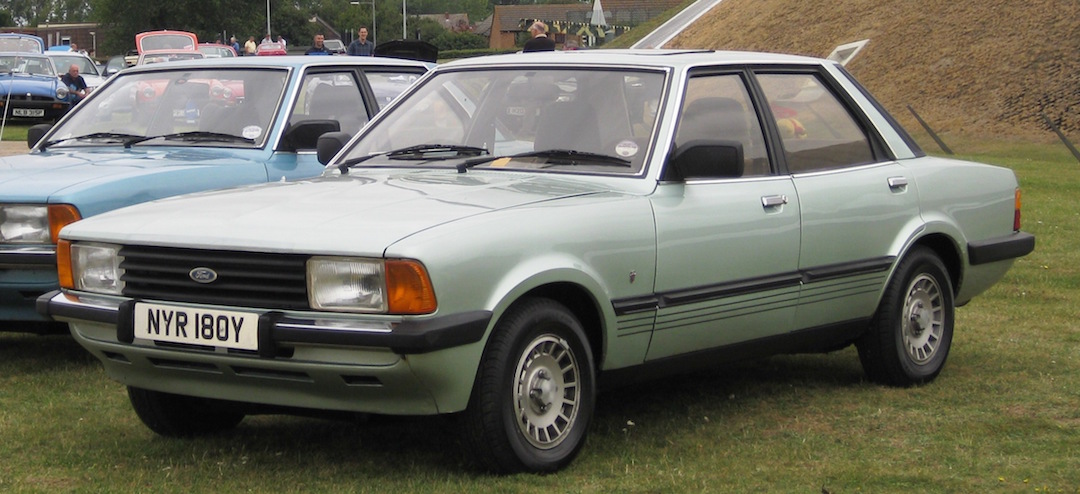
My parents had both models. My dad had a 1.6 L Cortina on a ‘Y’ plate and my stepmum had a Sierra 1.8 LX on an ‘F’ reg. Yes, that’ll be 1982 and 1988 respectively if you’re an anorak who knows the UK’s registration letter years.
Anyway, 1982 is the year that I want to concentrate on here. It was almost obligatory to own one of these models back when Survivor belted out ‘Eye of the Tiger’. And ‘82 was the year some stiff upper lipped Brits got their panties all bunched up when the Cortina bowed out and let the Sierra take the limelight.
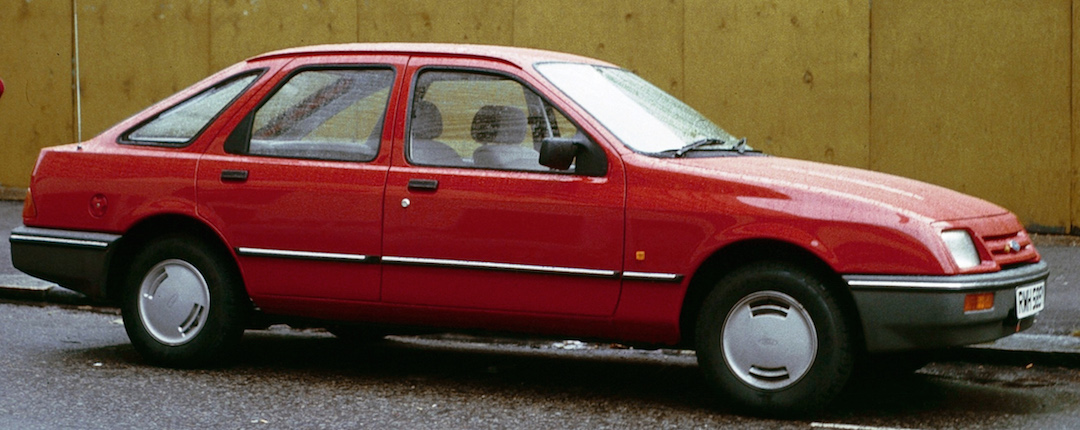
That’s because the Cortina had been around for 20 years and had almost seen as many regenerations as Dr Who. Well, it saw five incarnations between 1962 and 1982.
The Ford Cortina was my dad’s preference – and because it was marketed as the car for all, it was the UK’s best-seller during the 70s. I hate to say it, but I just about remember that decade too. Even though I was only knee high to a grasshopper, I recall seeing a Cortina parked outside every other home back then.
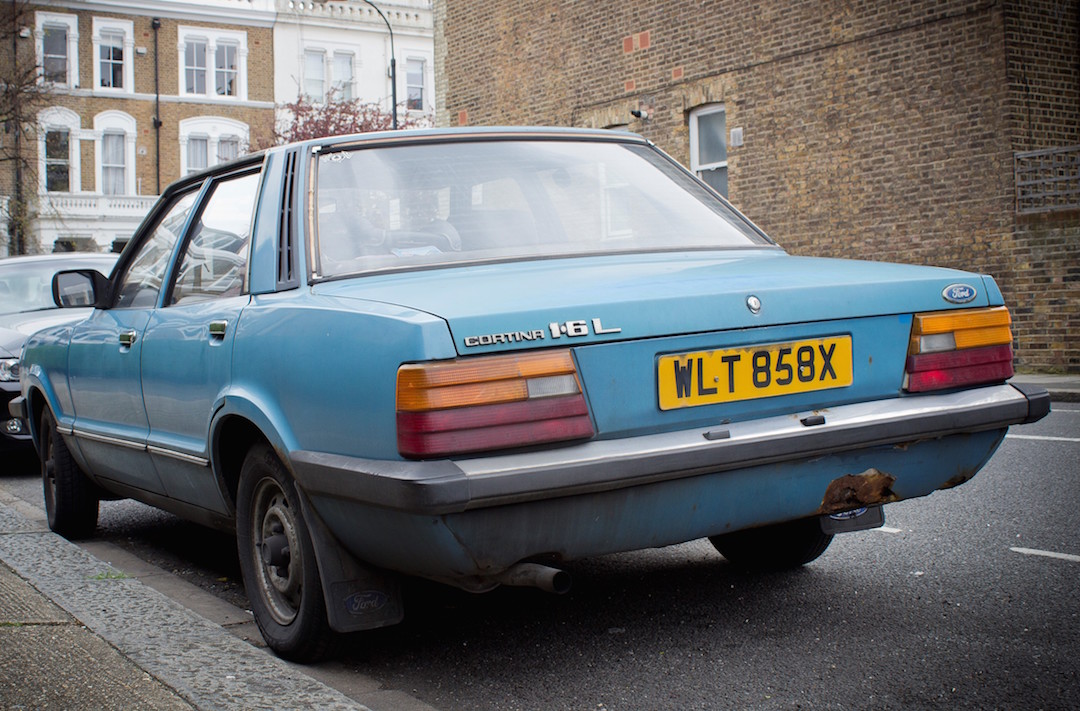
Alas, the boxy shaped, but still handsome, Cortina was beginning to wear a bit thin by 1982. The 80s demanded a new shape, and a fresh design was what the decade got. The name had to change too, though – but the replacement was almost too radical for Ford’s own good.
So, the straightforward Cortina was axed, and the all-new Ford Sierra was ushered in. The difference between the two cars was night and day. Or chalk and cheese, if you will. From September 1982 the Blue Oval went from square to curvy – just like that.
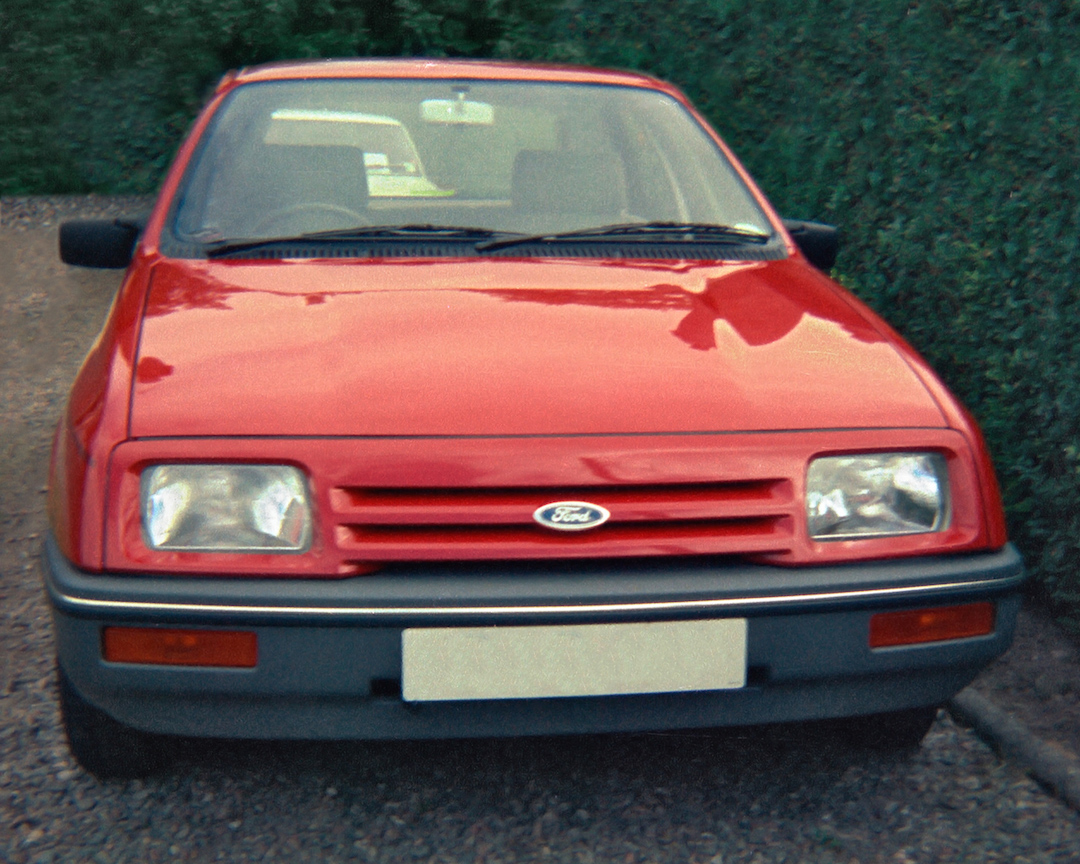
Of course, behind the scenes, Ford had been planning to replace the Cortina for at least half a decade before. Yes, the Sierra was already planned, but its alias was ‘Toni’. Bizarre, I know. But the upshot was that Ford wanted to make a trailblazer of a car – and it was going to do it by focusing on aerodynamics.
The upshot was incredible. The breeze-block shaped Cortina’s drag coefficient was 0.45, but the slippery Sierra’s was whittled down to 0.34 following years of sculpting and wind tunnel testing.
However, under the metal, things were still recognisable. The transmissions and the powerplants were from the Cortina’s parts-bin. This wasn’t a bad thing though, it was just Ford trying to keep its customers loyal and happy. Astonishing punters with a spaceship-like machine was one thing; pushing them away towards the likes of Vauxhall and its admired Cavalier was another.
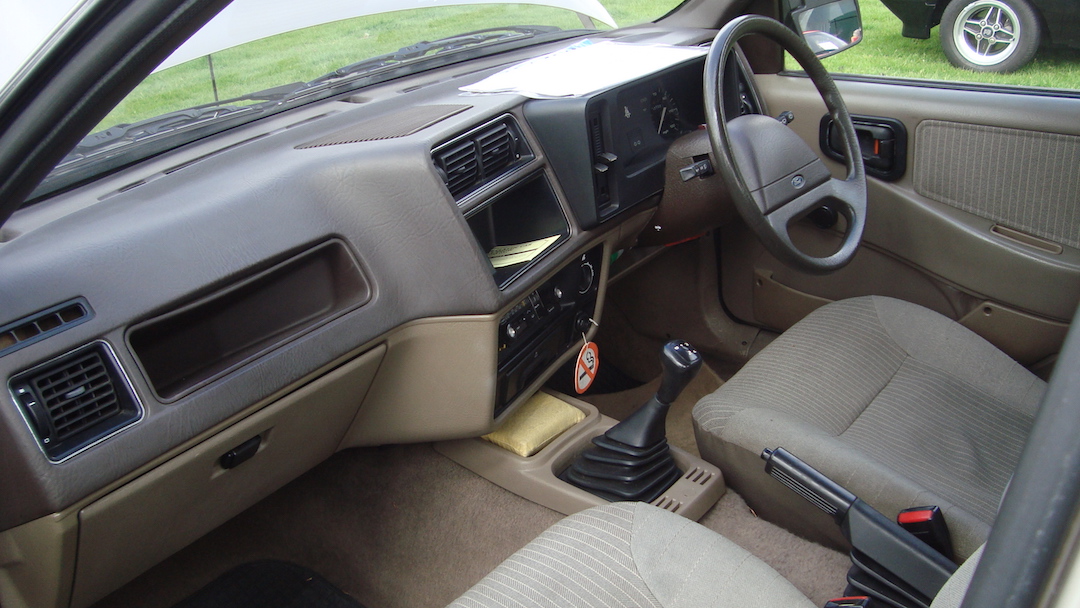
As with the Cortina, the Sierra had everything going for it to blossom. The line-up was immense – from the entry-level, steel-wheeled, black-nosed 1.3-litre to the beast-like 2.3-litre Ghia complete with six cylinders and wood trim. Surely, the cool new Sierra offered something for everyone?
Well, it did, but consumers weren’t swayed at first. The curvaceous Sierra was soon nicknamed the ‘jelly mould’, and it became apparent that the Blue Oval would have a battle compelling a nation of fathers that the Sierra was a ‘must-have’ buy.
Muscular Sierras were eventually steered in to inject some extra passion. The V6-driven XR4i kicked off the strategy, trailed by the talented XR4x4, and then the spectacular Sierra Cosworth.
Nevertheless, it wasn’t until the Sierra Sapphire saloon came to the party in 1987 that the model really started scaring the Vauxhall Cavalier. Finally, the Sierra had become the set-of-wheel that dads craved – and sales went through the roof.
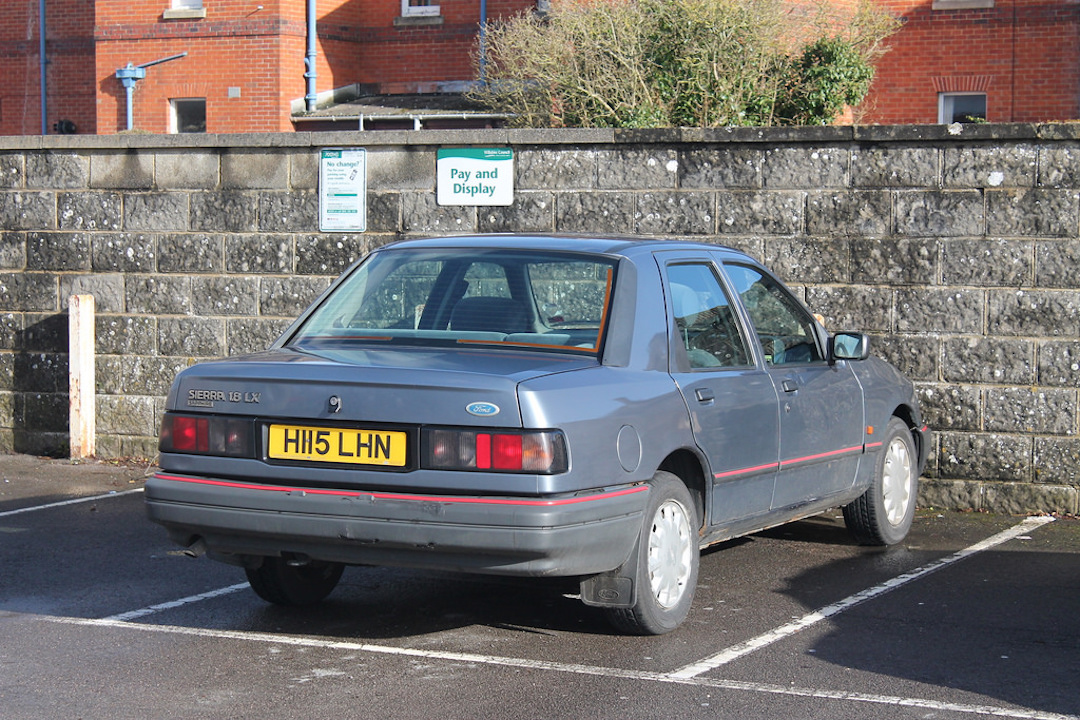
Ford’s great venture had worked, even though it had taken five years. And, so eventually, the Sierra became one of the most important cars of its period, and it has undoubtedly shaped the way today’s cars look.
Whether that’s a good thing or not, I’ll leave you to decide.
CLICK TO ENLARGE










